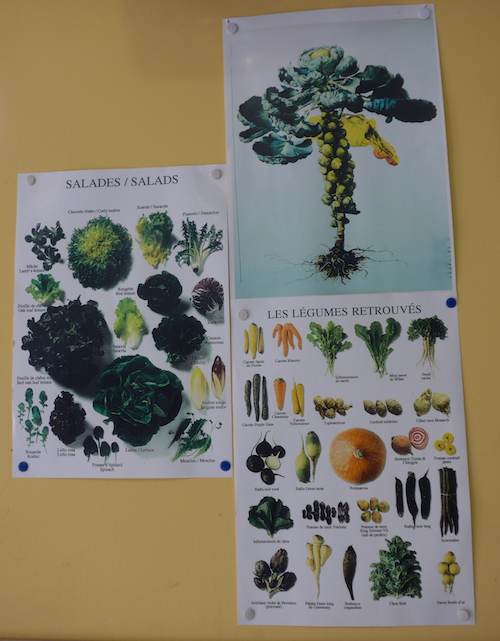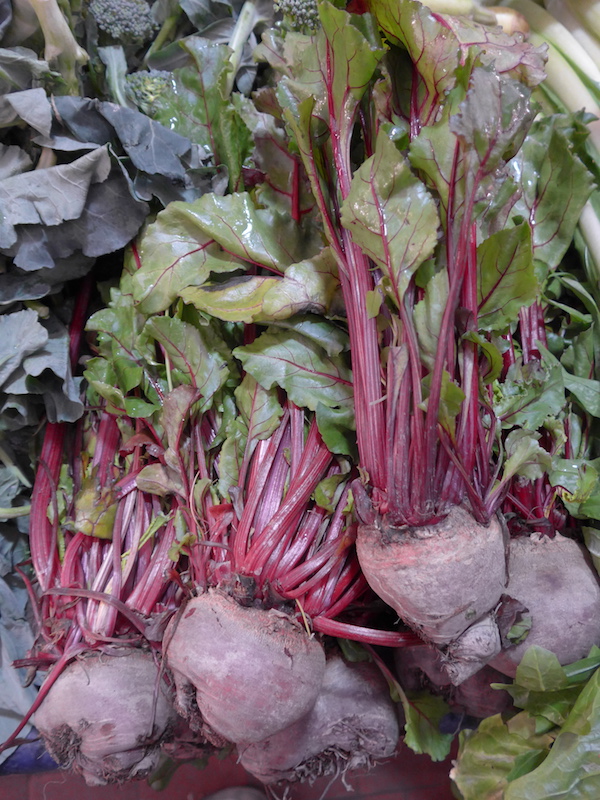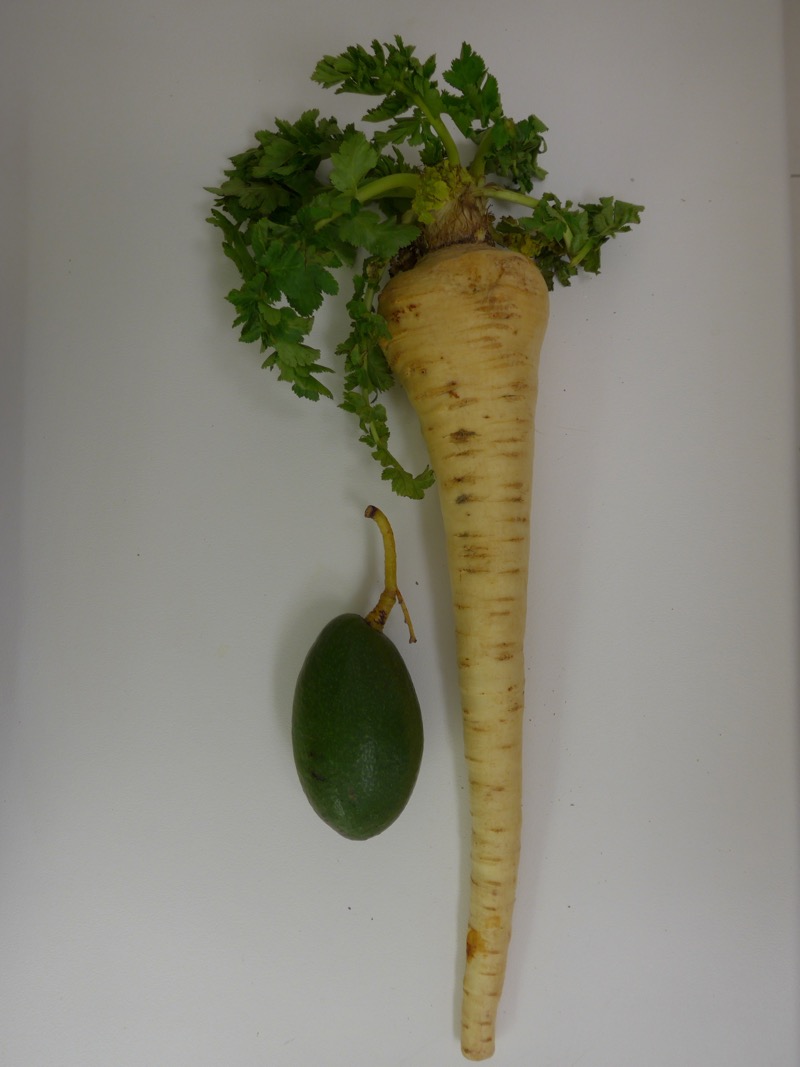Ventimiglia market: buying Italian bounty of Liguria and Piedmont
Savvy gourmands from Côte d’Azur, demanding Monaco clientele including, travel to the farmers markets of Italy. The indulgent voyage can be swished through the Franco-Italian highway by car, but the Ventimiglia market allows for a more sustainable trip by the coastal train stopping just steps away from the food market building. The superb, mostly local produce costs less than in France, and draws some terroir-aware chefs from nearby. Mauro Collagreco of Mirazur in Menton used to frequent the Ventimiglia market and so did Alain Ducasse from his base in Monaco. There are different parts of the market, therefore it is essential to know from whom to buy. I tapped the well of its secret source of the best and honest farmers, and here are my tips.
Liguria and Piedmont specialities at Ventimiglia market:
The mild, coastal climate is ideal for growing olives, the essential ingredient of the Ligurian cuisine. You will find them crushed in homemade tapenades (dips), marinated in jars and pressed into an olive oil on the market. I buy the pitted (perfect for cooking) or whole (for snacking) Taggiasche olives from Tenuta Agricola “1 Panegai” grown nearby around Imperia. Their stone-pressed and never filtered olive oil is also superb. Its cloudiness betrays the pure nature of this wholesome oil. To profit from its virtues, olive oil should be consumed within its harvest year.
The fertile, mountains-meet-sea, land is planted with basil, grapevines, vegetables like artichoke, flowering trumpet pumpkin, rocket greens but also fruits like avocado and the Hayward kiwi. Pesto, the ubiquitous Italian condiment in which olive oil, basil, pine nuts (other nuts are also used), garlic (can be without), sea salt and a handful of Parmigiano Reggiano (Grana Padano in the cheaper versions, no cheese in vegan pestos) are ground into a green paste so handy in anyone’s cupboard.
Local pasta such as trenette, troffie (an ideal team with pesto), pansotti, piagge and corzetti can be found inside the market, but also in the gourmet speciality stores dotted around the town. Many offer freshly-made pasta only, while some are stocked just with the long-lasting dried, yet still artisan, small batch pasta.


Nested on the coast of the Mediterranean sea, Ventimiglia fishermen have plenty to catch. Each season the local waters still attract diverse seafood species. The most popular on the local plates are: sea bream (orata), sea bass (branzino), tuna (tonno) as well as the sweet delicate shrimps (gamberetti) of the nearby San Remo and the larger prawns (scampi). The fish department is separated from the plants, so the sea odour does not fool your nose while sniffing the lemon skins and other fragrant plant produce sold together with the flowers on the main market floor. Once purchased, your fish can be cleaned of scales, deboned and even filleted by the skilled vendors.
In spring, you will find: artichoke, asparagus (bitter wild as well as the fancy polished sweet and matcha tinted cultivated varieties), bitter chard (Fr. blette) and dandelion leafs, black and white radishes of all shapes (Fr. navette), borage flowers and leafs (to make the superb herb butter of the three Michelin star La Vague d’Or in St. Tropez), celery, pulses such as the ultra Italian beans (fagioli), red endive, Treviso raddichio, and many chlorophyl-rich beauties. Wild flowering spinach (farinello) is an outlier worth trying (great in cheese and egg pies). Cherries, geranium, lemon, oranges, and strawberries (not as sweet as the French ones though) arrive in May before the melons of various colours and shapes.
Of the locally distinctive provenance are the sugar striped beets from Chioggia; purple haze and golden next to the typical orange carrots. Rarities to savour include saltwort (known also as agretti; barba di frate; scientifically: Salsola soda) that with its mineral taste reminds of a seaweed crossed with spinach. Like at the Turin farmers markets, often I find fruits and vegetables that I have never seen before in my life. As a true adventurer I always buy them, question the vendor in my meagre Italian on how to eat or prepare them, and then spend hours on the internet searching for their official identity. Often, a serious investigation not yielding a clue to what I am actually eating! A Slow Food Italian Food guide in my library proved to be more reliable than search engines.
In summer also the reddish brown peanut-size Borlotti beans start to appear on the stands, next to the mountain grown blueberries, pears, and raspberries. Pepper of Carmagnola, the rare Gobo di Nizza Monferrato thistles, rutabaga (Cavolo Navone) and topinambur are highly sought after locally.
In fall and winter from the Ligurian orchards come the Hayward kiwi, Piedmont hazelnuts (Tonda Gentile delle Langhe variety) and castagne (chestnuts). All arrive from the nearby Cuneo that devours Piedmont into its ravenous provincial belly.

Italy from the heel to the Northern rim in cheese
Not just the Italian bounty of Liguria, the narrow coastal region bordering the Mediterranean Alps along the north, the French Riviera in the west and both Emilia-Romagna with Tuscany in its eastern tail, but also mostly from other parts of Italy. The sharp cheese sellers lined along the western side of the market sell anything milk related produced within Italy. From the humble Grana Padano, more astute Pecorino Romano, its drier brother Pecorino Sardo, the mouth-clipping ultra creamy Ricotta from Sicily and Piedmont, Burrata from around Naples, smoked Provolone to various goat cheeses. In the front of my favourite third row reserved to farmers themselves is a cheese stand worth exploring. You can taste all!
I enjoy comparing the Parmiggiano in three different stages of ageing. At the stand number 22 you can get the young six month-novice, the proper 18-months and extra old 24-months veteran. The later is not ideal for cooking for its drier texture and ultra intense but less savoury taste (the umami has dissipated at this stage of ageing).


Intriguing vendors off the market
Small scale produce is the king in Ventimiglia. Free-range farm eggs by Casetta Marco in Monta d’Alba are sold in a small store, about a minute stroll north of the market. Inside also the Azienda Bernardi installs itself from Thursday till Saturday. The sustainable family farm from the Cuneo grows superb cherries, olives, zucchini, berries, apples and other mountain altitude loving produce (625m above the sea) .


Practical details to ease your food shopping in Ventimiglia
If you don’t speak Italian, French comes handy, since most of the merchants are generally cognisant of the French names of their produce. Unless you relish in the rare or lesser known fruits and vegetables as I do, you will find all ingredients for your seasonally themed recipe.


Although most farmers there do not use chemical treatments on their produce, the only certified organic farmer so far is Patrizia Peverello of Agriturismo La Ciapeleta. Her lemons and strawberries (dirty dozen) in particular are appreciated for their pesticide-free nature.
Beware, some stands display Peruvian avocados, African bananas and other faraway treasures. Yet, at the Ventimiglia market, the sun-kissed fruits from Sicily, tomatoes and basil from the coast of Liguria and seasonal rarities plucked from the minuscule gardens of the small producers (all in the least orderly row) are worth the journey. Leaving with a basket full of superb and well-priced ingredients, cheese, pasta, seafood and meat pleases any nearby French or Monegasque resident. Mangiare!













